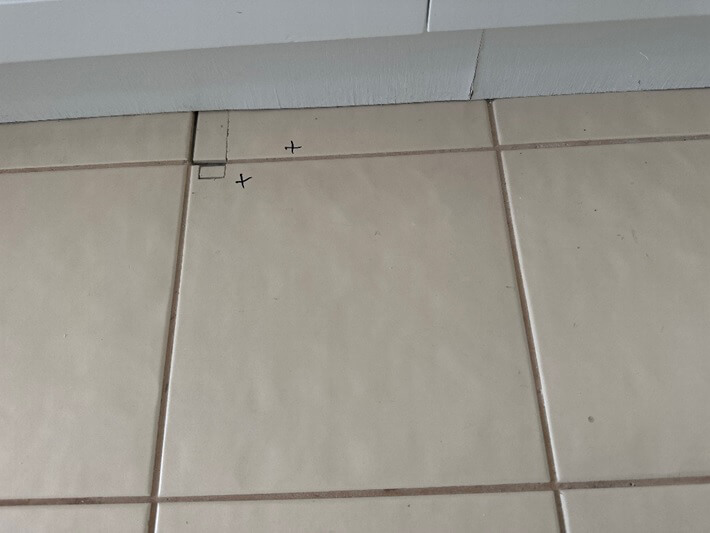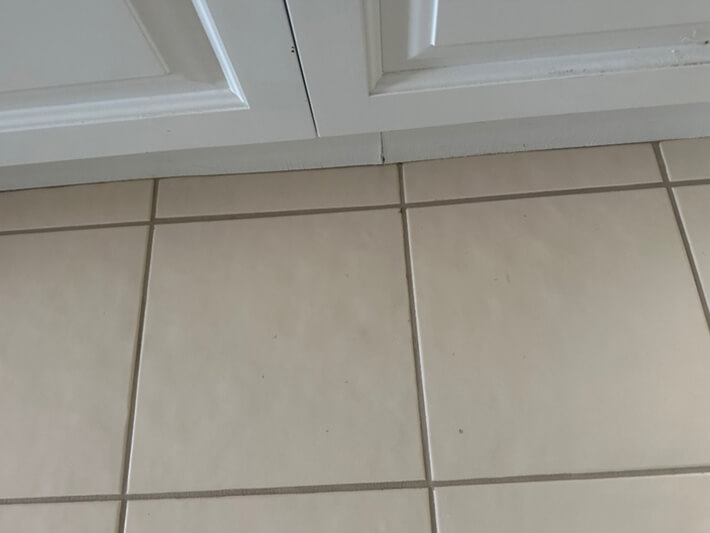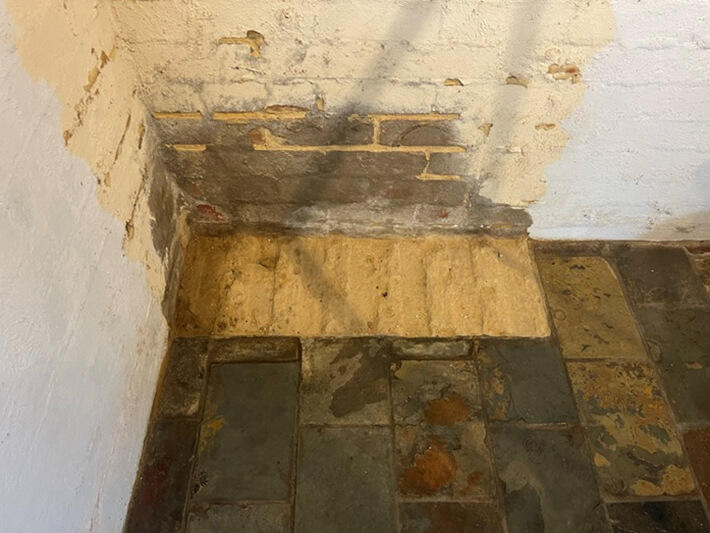Overview
Minor tile repairs involve fixing small issues or damages on tiles to restore their functionality and appearance. These repairs address common problems such as chipped or cracked tiles, loose tiles, or grout damage. By addressing these issues promptly, you can prevent further damage and maintain the overall integrity of your tiled surfaces.
The first step in minor tile repairs is assessing the damage. This involves identifying the affected tiles and determining the cause of the issue, such as impact damage, poor installation, or wear and tear. Once the damage has been evaluated, the necessary repairs can be planned and executed.
Repairing chipped or cracked tiles often involves applying a specialised tile adhesive or epoxy to fill in the damaged area. The adhesive is carefully applied to the affected portion, ensuring a smooth and seamless surface. In some cases, the damaged tile may need to be replaced entirely. This requires removing the broken tile, cleaning the area, and installing a new tile that matches the existing ones in colour and style.


Before
After


Before
After
For loose tiles, the repair process involves reattaching them securely to the substrate. This is done by removing any old adhesive or grout, cleaning the area, and applying a fresh layer of tile adhesive. The loose tile is then firmly pressed back into place, ensuring proper alignment and levelness. Once the adhesive has cured, the repaired tile becomes stable and functional again.
Grout damage, such as cracks or crumbling, can be repaired by removing the damaged grout and replacing it with fresh grout. The old grout is carefully scraped out, and the area is thoroughly cleaned to ensure proper adhesion. New grout is then mixed and applied, filling in the gaps and creating a clean and uniform surface. Proper sealing of the grout may also be recommended to enhance its durability and stain resistance.
Minor tile repairs not only restore the functionality of the tiled surfaces but also improve their aesthetic appeal. By addressing small damages promptly, you can prevent further issues and maintain the overall quality and longevity of your tiled areas. It is important to consult a professional for larger or more complex repairs to ensure proper techniques, materials, and a seamless finish.
Remember, prevention is key to minimising the need for extensive tile repairs. Regular cleaning and maintenance, avoiding heavy impacts or excessive weight on the tiles, and promptly addressing any issues that arise can help prolong the lifespan of your tiles and keep them looking their best.
Frequently Asked Questions
Minor tile repairs involve fixing small issues or damages on tiles to restore their functionality and appearance. This includes addressing problems like chipped or cracked tiles, loose tiles, or grout damage.
Minor tile repairs can be done by homeowners with some DIY skills. However, it is recommended to seek professional assistance, especially for complex repairs or if you are unsure about the process. Professionals have the expertise and tools to ensure a seamless and long-lasting repair.
The extent of the damage will determine whether a tile can be repaired or needs to be replaced. Small chips or cracks can often be repaired, but larger or more significant damage may require tile replacement. Consulting with a professional will help determine the best course of action.
Chipped or cracked tiles can be repaired by applying a specialised tile adhesive or epoxy to fill in the damaged area. The adhesive is carefully applied, and excess material is removed. For severe damage, the tile may need to be replaced entirely.
Repairing loose tiles involves removing any old adhesive or grout, cleaning the area, and applying fresh tile adhesive. The loose tile is then pressed firmly back into place. Once the adhesive cures, the tile becomes stable and functional again.
Grout damages, such as cracks or crumbling, can be repaired by removing the damaged grout and replacing it with fresh grout. The old grout is scraped out, the area is cleaned, and new grout is applied. Sealing the grout may also be recommended for enhanced durability.
It is important to match the repaired tiles to the existing ones in colour and style. However, achieving a perfect match may be challenging, especially if the tiles are older or discontinued. Professionals can help find the closest possible match for a seamless repair.
As tiles may come in all materials, shapes and sizes, it is difficult for us to store or source them. If a tile needs to be replaced, we ask that you provide the tiles required.
The duration of the repair process depends on the extent of the damage and the number of tiles involved. Minor repairs can usually be completed in a few hours, while larger repairs may take longer. The professionals will provide an estimate based on your specific situation.
With proper repair techniques and materials, the repaired tiles can look very close to their original condition. However, slight variations in colour or texture may be noticeable, especially if the repaired area is in a prominent location. A professional repair job will aim for the best possible aesthetic outcome.
Regular maintenance, such as cleaning, avoiding heavy impacts, and addressing issues promptly, can help prevent the need for extensive tile repairs. It is also recommended to have your tiles professionally inspected periodically to identify any potential problems early on.
The lifespan of repaired tiles depends on factors such as the quality of the repair, the type of tile, and the level of care and maintenance. A properly executed repair can last for many years. Regular cleaning, proper usage, and timely maintenance will help prolong the life of the repaired tiles.
